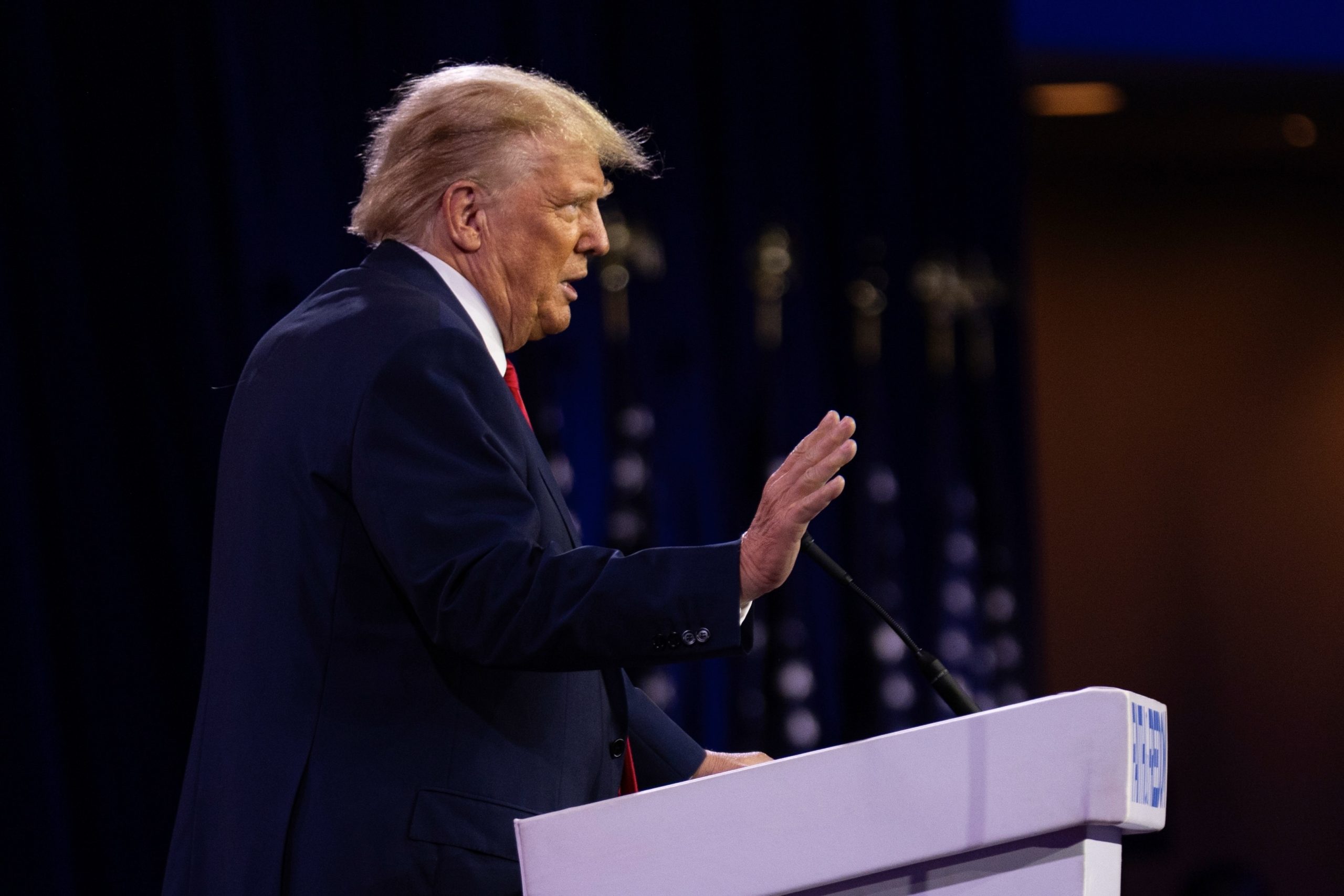Not Bad But the Big Challenges Remain
“The real story here is not about what is in these proposed rules, or whether they will be finalized. The story is about what is missing and how little from the ANPRM survived, which is both good and bad.”
Times are changing at the Patent Trial and Appeal Board (PTAB)! Not only are there rumors that the Senate IP Subcommittee may be a matter of several weeks away from marking up the PREVAIL Act and voting it out of committee, but the United States Patent and Trademark Office (USPTO) has finally issued a Notice of Proposed Rulemaking (NPRM) relating to several changes to the Code of Federal Regulations as they pertain to patent challenges at the PTAB.
Readers will recall that almost one year ago the USPTO issued an ANPRM, with the “A” standing for Advanced. This unusual tool was used by the USPTO to notify the industry about thoughts it had and asking for comment prior to actually formulating proposed rule changes. The ANPRM was long, detailed and scared a lot of people. After issuing the ANPRM, USPTO Director Kathi Vidal explained in various fora that much of what was stated would not be in the eventual NPRM, and tried to alleviate the concerns of primarily IPR challengers and some members of Congress. She was telling the truth.
After an initial review of the NPRM, these proposed rules are indeed quite scaled back from the potential rules that seemed hinted at in the ANPRM. And, for the most part, although scaled back they do seem more patent owner friendly than not. And, at least at first glance the USPTO’s proposals seem reasonable, although not of the kind that would fundamentally transform PTAB practice. Still, there are at least a couple of worthwhile changes that can’t help but continue to level the playing field, although much more could, and should, be done.
Previously Presented Arguments or Art
The provision relating to discretionary denials based on previously presented arguments seems particularly reasonable; of course, that probably means it will likely be entirely unacceptable to both patent owners and petitioners. Ideally, every patent should be subject to challenge based on the same prior art and argument only once; that fundamentally makes sense. So, patent owners would love a rule that says if the prior art and/or argument has already been considered the IPR will be denied regardless of whether the prior art and argument were raised by a separate challenger not in privy. Unfortunately, the simplicity of such a rule would be contrary to rulings from the Supreme Court that acknowledge that everyone should have an opportunity to defend themselves and a subsequent challenger shouldn’t be bound by a previous challenger who just did a poor job. So, this rule seems to split the baby, and would support discretionary denial if the same argument or prior art is raised unless the petitioner is able to demonstrate “material error by the Office.”
Proposal Won’t Solve the Serial Petitions Problem
The attempt to rein in “serial petitions” is almost certainly to be less than adequate. A subsequent challenge only qualifies as a serial petition if the same petitioner raises the challenge, or a party that is in privy with the petitioner raises the challenge. While this seems reasonable, we know that the PTAB does not faithfully or accurately apply the Federal Circuit’s law on who is a “real party in interest.” Is this definition of serial petitions just going to be more of the same, where the PTAB pretends that entities that financially contribute to the likes of RPX and Unified Patents are not real parties in interest to those challenges by these strawmen? As the Federal Circuit explained in Applications in Internet Time, LLC v. RPX Corp., who is a real party in interest focuses on who will benefit from having the claims invalidated or canceled. To date, the Federal Circuit has been perfectly willing to allow the PTAB to ignore the law relating to who is a real party in interest. So, will defining a party as a privy with the petitioner yield any different results? And, if not, what exactly will this do to change anything?
Let’s Be Happy About Separate Briefing for Discretionary Denial
Finally, under these proposed rules the patent owner is authorized to file a single request asking for discretionary denial of the petition without prior Board authorization. If the patent owner files requesting discretionary denial, the petitioner is given the opportunity to reply, and the patent owner given the opportunity for a sur-reply. Many on the patent owner side find this unacceptable because they say it means petitioners no longer must address discretionary denial in the petition itself, which presumably gives the challenger more space in the petition. Of course, it also gives the patent owner more space to specifically point out why the Board should exercise discretionary authority to deny the petition in the first place and gives the patent owner the last word on the issue in sur-reply.
Patent owners not being happy about rules that formalize the request and consideration of discretionary denial seems to be a bridge too far. There is little doubt that patent owners would—and should—complain about a rule preventing them altogether from requesting discretionary denial.
More to Do
There is an opportunity to comment on the rules, which the USPTO will consider before making anything final, but the real story here is not about what is in these proposed rules, or whether they will be finalized. The story is about what is missing and how little from the ANPRM survived, which is both good and bad. It is bad because the Office could have gone farther. It is good because even if these rules become effective—and there is no reason at this point to believe they will be further held up, meaningfully amended and/or seriously challenged—they will not solve the major problems the PREVAIL Act seeks to resolve. Therefore, these regulations will not be perceived as enough to get Congress to dump PREVAIL because the agency has fixed everything. There is much remaining to fix and PREVAIL would do a lot more to level the playing field, including require standing for an IPR challenge, raise the burden to clear and convincing evidence to invalidate claims, and end reexaminations after a failed IPR petition.
Image Source: Deposit Photos
Author: mstanley
Image ID: 122798564
Gene Quinn
Gene Quinn is a patent attorney and a leading commentator on patent law and innovation policy. Mr. Quinn has twice been named one of the top 50 most influential people […see more]







